My Jack O Lantern Drawing
My Jack o lantern drawing
Okay, so, in art class we have been doing charcoal all this time, practising drawing statues.

Like this gorgeous first attempt of drawing with charcoal. Beautiful.

The man and the "I'm judging you" face woman. (The light is there too, I'm too sassy, I couldn't resist)

The awesome abstract drawing withe the "cube face". I swear, it's supposed to be a face there in the right.

"The man who used to not have half of his face" is there too. He seems a little sad, I wonder why.
And, so, the time passed. The teacher said we could draw anything we wanted.
Anything .

I present you MISS PUMPKIN. I'M NOT GIVING UP HALLOWEEN UNTIL IT'S DECEMBER. It's not finished yet. I started a few days ago, I don't want to give up, I have to finish it. Oh, and yes, she has not hand.
...
Halloween never diessss yaaaaaayy!!!
More Posts from Shookehded and Others
This is me. Always. I'm doing it right now.
Ravenclaw Headcanon
Ravenclaws prioritise things badly a lot. Instead of doing the work that needs to be done sooner, they do the work they find more challenging or fun or rewarding etc. Until it is the very last minute and they realise they’ve fucked up.
Mini SAI guide - "Blending (color blending)", "Dilution (opacity mix)", and "Persistence" settings.
I’ve had a general idea what these things did but wasn’t completely sure what their specific functions were. I decided to sit down and figure it out, and I have thrown together a short reference guide for anyone who is confused about them. I know there are multiple translations of SAI floating around, so if some of these terms don’t sound familiar, just know that I’m talking about the three settings that appear under the texture in the brush tool settings (note that this won’t apply to any tool types except for brushes and watercolor brushes).

I don’t claim to be an expert so if you find I’ve made a mistake, let me know so I can update it, thanks! :3
—-
BLENDING (Color Blending)
This controls how readily the brush will inherit any colors you are painting over with it. For example, a 0% blending setting will pick up no existing colors, treating it as if you were painting on a transparent layer. A 100% blending setting will ONLY pick up existing colors (provided there are any). So at 100%, the color you’re using won’t even show up, unless you move to a transparent area. Blending is not affected by transparent pixels, so if you’re drawing on a blank layer it will have no effect.

So you can see from this example that the color I’m using gets harder to paint as the blending increases and more of the existing green is absorbed, until at 100% it is just completely turning green.
—-
DILUTION (Opacity Mix)
This controls how readily the brush will draw on a blank (transparent) part of the layer. A 0% Dilution will result in the brush painting very easily onto a blank surface, while a brush with 100% dilution will literally not paint on blank parts of the layer at all. Dilution is ONLY affected by transparent pixels. So it won’t do anything if the whole layer is already filled in (even with white). Dilution can be thought of as the inverse of the Blending setting in some ways.

So in this example, you can see that as dilution approaches 100%, the color I’m painting with basically becomes invisible. In fact, if you were to switch to binary color mode and look at this layer, there would literally be nothing there anymore!
Keep this in mind - if you ever can’t paint for some reason, check your dilution setting, it might have gotten accidentally bumped to 100!
—-
PERSISTENCE
This one goes hand-in-hand with blending. Basically, it controls how easily a brush shifts color as you are blending from one color to another. Rather, how long it “persists” if you will. Like blending, Persistence is only really relevant when painting over existing color so it’s mostly unaffected by transparent pixels. Basically, the higher the persistence, the longer it will take for the color to shift as you make a stroke, and subsequently, from which color to which other color it is shifting is dependent on the blending setting.
So for this example I’ve done the same test with three different levels of blending. I turned off all pressure sensitivity (actually I just used my mouse) to emphasize the effects in a controlled environment:

If blending is at 0%, persistence fails to have any real effect. With pressure on, there is only the difference of having to push harder, but the results will be the same as far as I can tell.

At a happy medium of 50%, persistence increase causes the orange that the brush is picking up to last longer as it goes into the green, until it never shifts to blue at all.

At 100% blending, there was never any blue in the first place, because as we already know, full blending causes you to only pick up existing color. So the persistence setting changes only how fast the orange changes to green.
Persistence is dependent upon the blending settings, so having them somewhere in the middle will probably produce the most optimal results.
—-
CONCLUSION
Ultimately how you use these is up to you, and is largely dependent on what kind of brush you’re making and what it will be used for. And most of these settings are meant to be used together in unison, so play around with them a lot!
If you are confused, or not sure what settings you want or what settings you should be using, a safe bet is to put them all at about 50% - that will produce fairly average results that are easy to work with, and it’s easy to remember in case you want to experiment but don’t want to forget your settings in case you decide to switch back.
Hope that helps!

"Yo, Agneska, parte 1"trabajo de clase #homework https://www.instagram.com/p/BzAsgLRCqcv/?igshid=1f4tawdq6lwat

#artschool https://www.instagram.com/p/Bu4PfFvH92J/?utm_source=ig_tumblr_share&igshid=1rrbkcf5r7osc
Stuff I did for illustration class (work in progress)



For class
Doggies drawings!
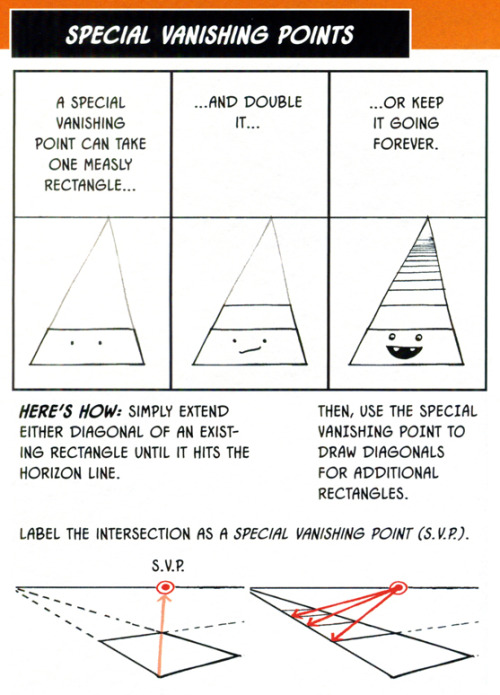
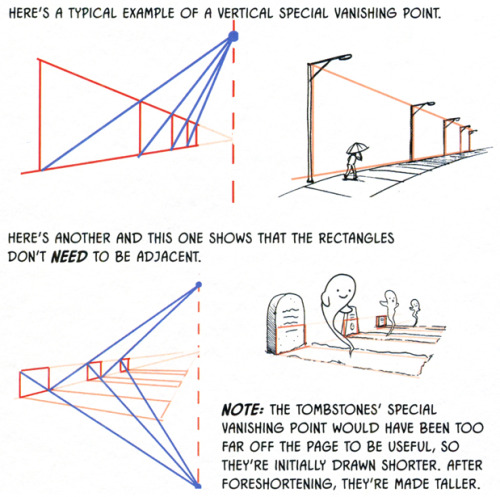
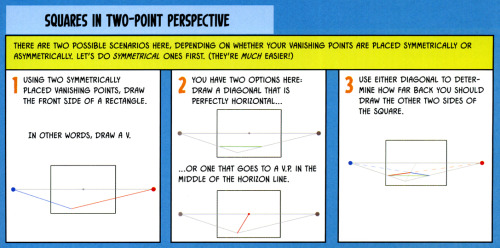
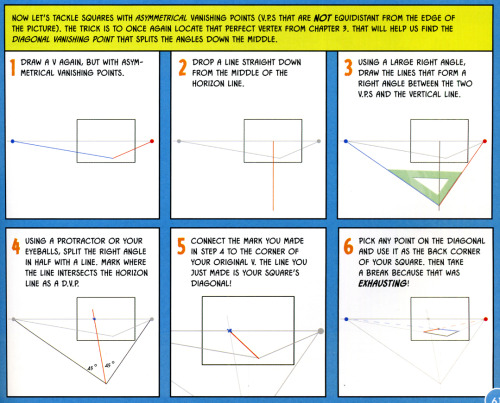
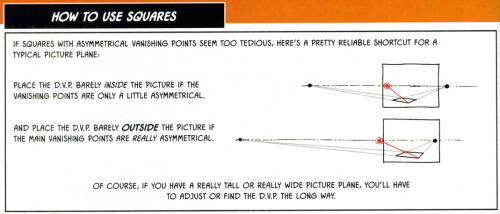
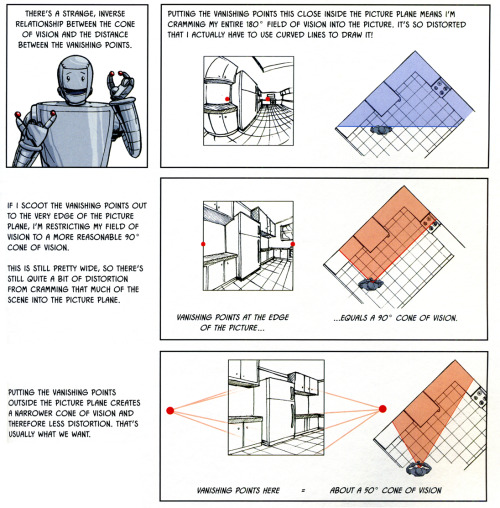
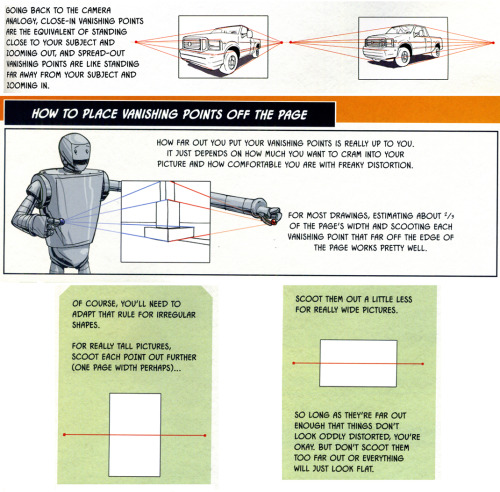

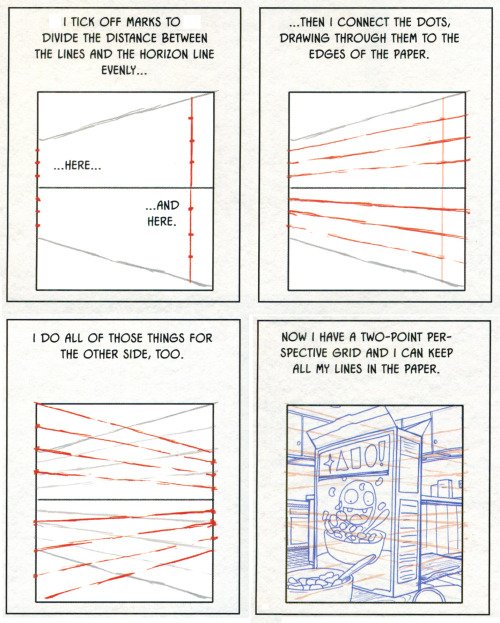
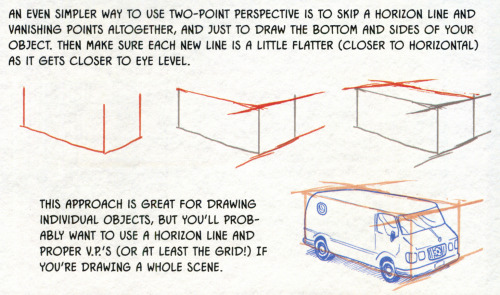
sorry if this is a dumb question but uhmm is anyone else's boop-o-meter doing this???

The lip sync tutorial they DON’T give you
I mentioned on twitter that I wanted to do a lip sync tutorial and immediately got some people who were interested so I put one together real quick!
I’m going to use a bit of unfinished lip sync from my taz animated part as reference. They’re just gifs so no sound, but you should still be able to tell that he’s saying “I’d say a solid B… Solid B minus.”
Anyone who’s looked up how to do lip sync has seen phoneme charts. Phonemes are just the shape your mouth makes when you make certain sounds.

When you do lip sync, you want some kind of reference to make sure it’s right
What’s easiest is to say it yourself and pay attention to the shapes your mouth is making. Since you’re going frame by frame, your audio is slow enough that you can make each shape slowly and distinctly and you can get each individual phoneme down in the animation.

Don’t do this.^
An easy way to tell if you’re animating lip sync wrong is if you run out of frames to make each shape. You don’t need them! Making each shape is unnatural. People talk quickly and the mouth doesn’t have the time to get into each shape. They blend together, sometimes to the point where the shape doesn’t change at all!

Not only does the 2nd gif take less frames and energy to make, it’s more relaxed, it looks less distracting, and his lips are much easier to read!
These are reference charts to show the differences more clearly


This is the difference between getting swallowed up in every last detail and paying attention to reality.
What matters more than hitting every syllable is making it look natural and flow with the acting. That’s why anime mouth flaps can work so well. A strong pose through the whole body matters more than one mouth shape.

She’s a hidden princess.
Hello peeps of the Animation Community! It is officially the new year, which means we’ve got a whole new batch of promising television animation to look forward to in 2019 including

The Owl House created by Dana Terrace coming to Disney Channel

Villainous created by Alan Ituriel coming to Cartoon Network

Hazbin Hotel created by Vivienne Medrano coming to YouTube

Infinity Train created by Owen Dennis coming to Cartoon Network

And Amphibia created by Matt Braly coming to Disney Channel!
And in addition to these new series, we also have new seasons of old favorites such as Steven Universe and Star vs. the Forces of Evil coming this new year! So I believe it is safe to say this is looking to be a fantastic year for animation!
-
 shookehded reblogged this · 7 years ago
shookehded reblogged this · 7 years ago -
 shookehded reblogged this · 7 years ago
shookehded reblogged this · 7 years ago -
 laramb-00 liked this · 7 years ago
laramb-00 liked this · 7 years ago -
 crazier--than--crazy liked this · 7 years ago
crazier--than--crazy liked this · 7 years ago -
 shookehded reblogged this · 7 years ago
shookehded reblogged this · 7 years ago

Carolina-animation student. Just a girl who loves lots of things. im just using @your-dead-art-student now
155 posts